
Jews Make Chocolate a Revolutionary Option: Happy July 4
Sephardi Jews contributed to the availability of drinking chocolate when that became a very popular substitute for politicized tea in North America around the time of the 1773 Boston Tea Party. The Gomez family members (NYC) and Aaron Lopez (Newport) were among the several North American Jews who engaged in the manufacture, retail, and consumption of cacao and chocolate in this period. Indeed, many of these pioneering Jewish chocolate ventures preceded the beginning of the Baker’s Chocolate Company, which has billed
itself as “America’s Oldest” and “evolved into the first branded ‘Baker’s Chocolate’ product in 1780.” Jewish trading of chocolate began in New York where the business record of the Jew Isaac Marquez shows that he imported twenty-five pounds of chocolate in 1701.
Two generations of the Gomez family enjoyed chocolate connections in New York City. In particular, Rebecca Gomez stands out not only for her retail advertising but also as the only known woman to manufacture chocolate in the colonies. Rebecca plied her wholesale and retail chocolate made at the “Chocolate Manufactory,” at Anne and Nassau streets in lower Manhattan, through newspaper advertisements. When her husband, Mordecai, died in 1750, he left several chocolate accoutrements in his estate inventory, including “16 chocolate cupps, whole and broken, 1 chocolate pott; 2 boxes Chocolate 50 lbs each and 6 Surnis (840 pounds) Coco [Surinam],” suggesting that his chocolate was for both personal and commercial purposes. The Gomez family endeavors in chocolate exemplified the general popularity and availability of chocolate during the period, as well as Sephardi interests in this market.
Aaron Lopez used chocolate at Passover and distributed it as tzedakah (charity) gifts. Lopez’s expansive business interests included the cacao bean trade and chocolate manufacturing. As historian Jacob Rader Marcus put it:
Aaron Lopez … saw food-processing as ancillary to his involvement in the coastal and West Indian traffic…. The chocolate he secured through outwork was destined for local and North American consumption.
In 1779 Lopez described the Revolutions’ hardships on the inhabitants of Leicester, Massachusetts, and Newport, noting that they lacked basic food but at least had chocolate:
The Jews in particular were suffering due to a scarcity of kosher food. They had not tasted any meat, but once in two months. Fish was not to be had, and they were forced to subsist on chocolate and coffee.
These eighteenth-century North American Jewish entrepreneurs dipped deeply into the chocolate concerns of their day and they relished their chocolate. They reflected the commercial interests and technological advances in chocolate, contributing to pioneering cacao and chocolate enterprises. On July 4th, drink a chocolate l’chaim
to our ancestors and their patriotic commitment to it.
One thought on “Jews Make Chocolate a Revolutionary Option: Happy July 4”
Leave a Comment
Recent Posts
-
On the Chocolate Trail in Bariloche, Argentina
In March, Mark and I finally extended our chocolate trail explorations in celebration of our special anniversary to Bariloche…via Miami, Buenos Aires, Ushuaia, Antarctica, and Buenos Aires again. There were international flights, a cruise, a couple of domestic flights to get there. All of the travel was amazing, but Bariloche, sometimes called the chocolate capital
Read more › -
Sunday Yeast Polemics: On the Bread Trail
Leavened bread or not? While some of us may think of Passover, the question applied to Eucharistic bread and created significant division in the early Christian Church. The leavened bread for Sunday use was often baked at home by women. Over time, preferences shifted to clergy, church-produced, breads… and, the Eastern Orthodox Church preferred a
Read more › -
Sweet Treat: Chocolate and the Making of American Jews
You may wonder: how did chocolate help define American Jews? Through chocolate, we see that Jews were part of America since its earliest days. Well, since 1701 at least, Jews in the Colonies made part of their living through chocolate. Several Sephardim, leaders of their New York and Newport Jewish and secular communities, participated in
Read more › -
How About Some Uterus Challah?
When Logan Zinman Gerber felt enraged about the loss of reproductive rights in the U.S., she baked challah. Not any challah. She shaped it into a uterus. It wasn’t long after the birth of her daughter that Gerber, a longtime challah baker and staff member of the Religious Action Center of the Reform movement, considered
Read more ›
Some Previous Posts
(in alphabetical order)
- "Boston Chocolate Party" Q&As with Deborah Kalb
- 2022 Media for The "Boston Chocolate Party"
- A Manhattan synagogue explores the rich, surprising history of Jews and chocolate
- About Rabbi Deborah Prinz
- Baking Prayers into High Holiday Breads
- Boston Chocolate Party
- Digging into Biblical Breads
- Exhibit Opens! Sweet Treat! Chocolate & the Making of American Jews
- For the Easiest Hanukah Doughnuts Ever
- Forthcoming! On the Bread Trail
- Funny Faced Purim Pastries
- Good Riddance Chameitz or, The Polemics of Passover's Leaven
- How About Some Uterus Challah?
- Injera*
- Jewish Heritage Month: Baseball & Chocolate!
- Matzah - But, the Dough Did Rise!
- Plan a Choco-Hanukkah Party: 250th Anniversary Tea Party
- Prayers Into Breads
- To Shape Dough: A Trio of Techniques
Archives
2025
▾- All
2024
▾- January
- February
- March
- May
- July
- All
2023
▾- March
- April
- May
- June
- August
- November
- December
- All
2022
▾- February
- April
- November
- December
- All
2021
▾- March
- April
- October
- November
- All
2020
▾- April
- May
- June
- October
- December
- All
2019
▾- January
- February
- April
- May
- July
- August
- September
- October
- December
- All
2018
▾- February
- March
- April
- May
- July
- September
- October
- November
- December
- All
2017
▾- January
- February
- March
- July
- September
- October
- November
- December
- All
2016
▾- January
- February
- March
- May
- July
- August
- October
- November
- All
2015
▾- January
- February
- March
- May
- June
- July
- September
- November
- All
2014
▾- February
- April
- May
- June
- August
- September
- November
- All
2013
▾- March
- April
- May
- June
- July
- September
- November
- All
2012
▾- January
- February
- March
- April
- September
- October
- November
- December
- All
2011
▾- April
- July
- August
- October
- November
- All
2010
▾- January
- February
- April
- July
- August
- September
- October
- All
2009
▾- January
- June
- July
- August
- October
- All
2008
▾- August
- September
- October
- November
- All
2007
▾- January
- June
- July
- All
2006
▾- November
- December
- All
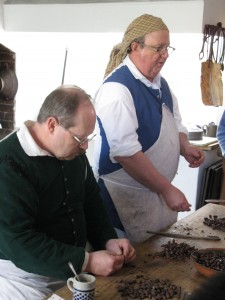
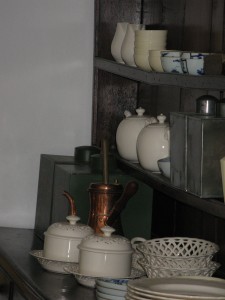
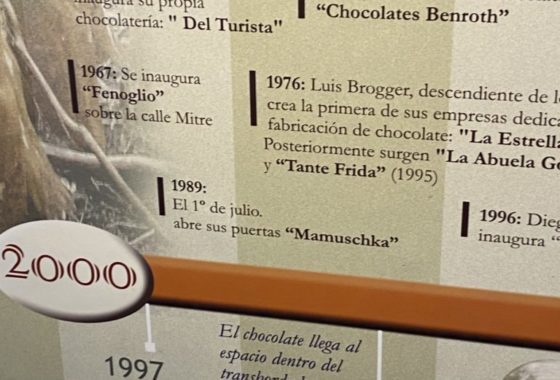
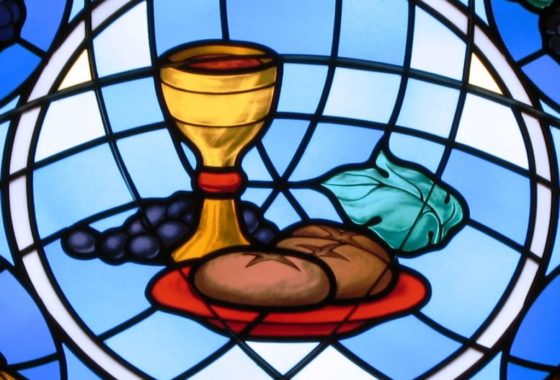
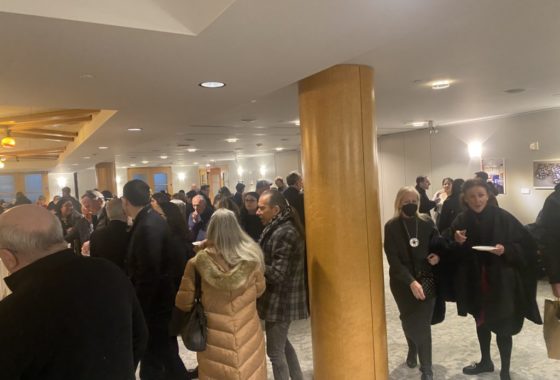
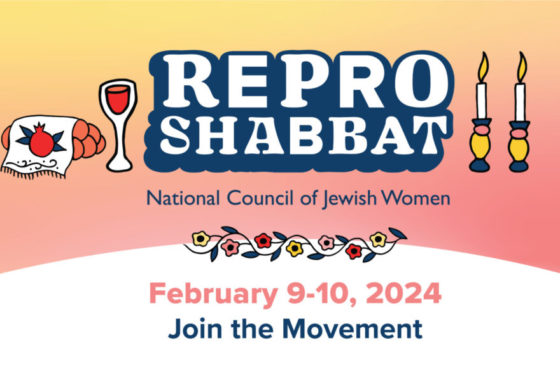
Your post captures the issue pecfertly!